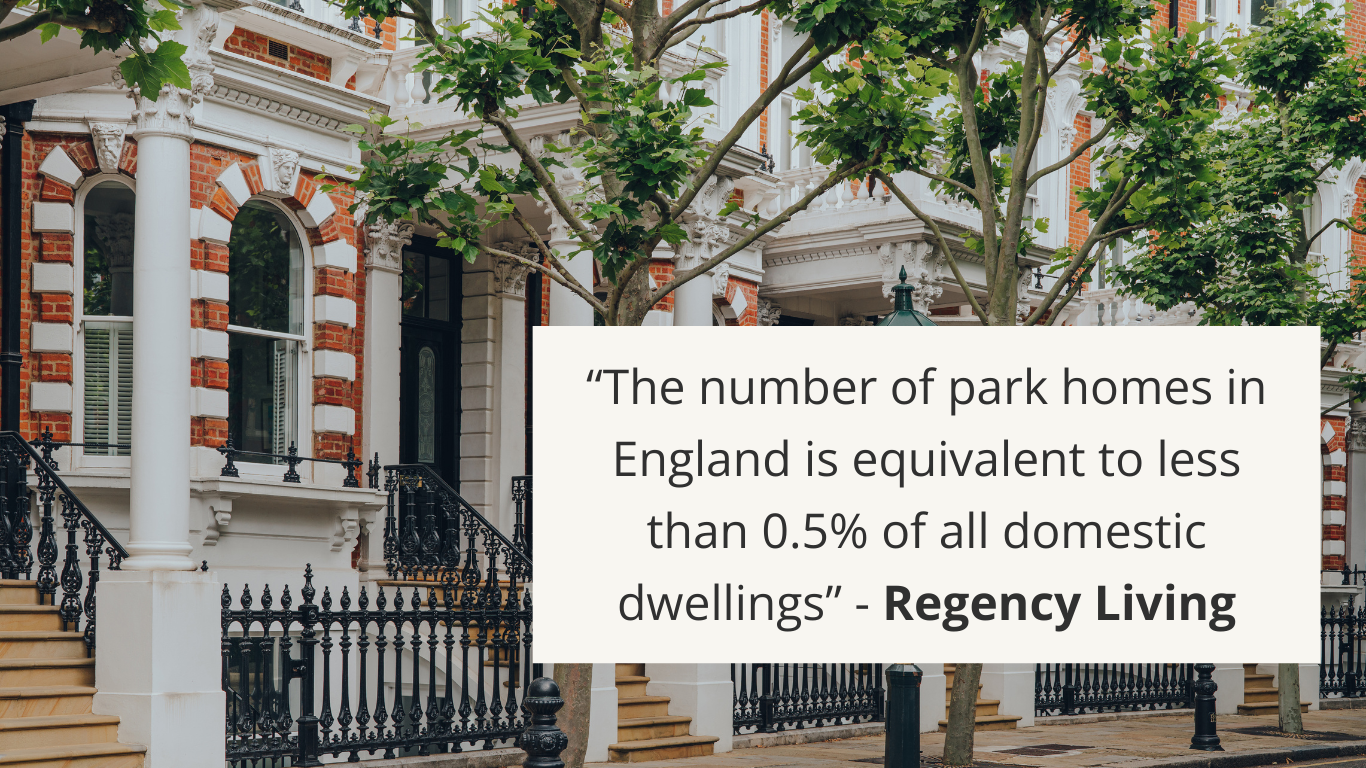As African Americans prepare to celebrate Black history month and human rights movements of the 60s, new claims emerge of a systemic target of contaminating the Black communities with hazardous chemicals. “People of colour are disproportionately impacted by toxic chemicals,” explains Michele Roberts, with Environmental Justice and Health Alliance. “We have the highest contamination and illnesses linked to chemical exposure. While it is important to celebrate and honour Black History Month, it is equally important to look at the lives of African American communities today. Environmental laws are not being enforced in our communities and we are not being protected by our governments. We need regulation, standards and guidance to protect our communities now and for future generations.”
Richard Moore also remarks “When corporations decide where to build chemical plants, landfills, or water treatment plants where chemicals leach, they most often choose low income communities of colour,” , a long time civil rights and environmental justice leader, also with the Environmental Justice and Health Alliance. He went on to say, “Black History month this year is also the 20th Anniversary of Executive Order 12898, to address Environmental Justice in ‘Minority’ and Low Income Populations, issued by President Clinton. We must claim our civil rights by demanding that President Clinton’s Executive Order and President Obama’s Executive Order are implemented with justice for our communities.”
Recounting on the past history of explosions and worst contaminations of chemicals ever witnessed n the US, he illustrates the what he calls systemic way of targeting African American communities with chemical contaminations .
Explosions and Contaminations are occurring regularly, including:
- January 9, 2014, a West Virginia chemical spill devastated the watershed of 9 counties leaving 300,000 people without drinking water.
- December 20, 2013, an explosion at the Axiall plant near Mossville, Louisiana sickened motorists driving by the plant, sending them to the hospital.
- June 13, 2013, a chemical explosion in Geismar, Louisiana, killed one and injured scores.
- August 6, 2012, the Chevron refinery in Richmond, California, exploded, 15,000 people sent to the hospital.
Dorothy Felix, with Mossville Environmental Action Now (MEAN), wants Mossville, LA residents moved out of harms’ way. “A fire occurred at the Axiall vinyl chloride plant in nearby Lake Charles. We here in Louisiana are harmed the most by the chemical manufacturing industry, and we are paying the price with our lives for the wilful negligence of the chemical industry.”
“Toxic chemicals benzene, chloride and others linked to cancer and respiratory injury contaminate communities during train derailments, truck crashes, plant explosions and other incidents,” says Dr. Wilma Subra, a toxicologist in Louisiana. “Those suffering from asthma and other illnesses – especially children and the elderly – suffer even more in a chemical disaster.”
“Environmental justice is a civil rights issue affecting all communities of colour who are being hurt by government oversight and lack of corporate accountability. Our governments must come forward now to protect communities and workers from toxic chemical disasters. The Department of Homeland Security, Department of labour (OSHA), and the U.S. EPA, as well as other federal and state agencies, need to take responsibility to protect communities and workers from chemical disasters,” said Mr. Moore.
Are African Americans targets of chemical pollution?
Related Posts
Tourism: sustainability is the trend of 2023, according to the latest data
This trend is reflected in the numbers according to the latest data of the Swg observatory released in March of this year. Four Italians out of five would be willing to experience sustainable tourism, thus preferring to stay in a certified environmentally-friendly structure at the same cost. As far as the environmental protection initiatives are concerned, almost 70% of the sample respondents are in favour of limited access and traffic restrictions and 73% would be ready to do without their cars and use public transport or ecological vehicles.
Read moreCOVID-19’s Legacy of Mental Health Problems – Therapist, Lee Hawker Weighs In.
Throughout the pandemic, we saw increasing numbers of people suffering from anxiety, depression, loneliness, and other mental health concerns. Addictive behaviours with social isolation and the loss of human connection resulting in some of the nation turning to alcohol and in some cases drugs as a coping mechanism were seen to be also on a sharp rise.
Read more














Comment